#Egyptian Civilization
Text


#egyptology#egyptian#egypt tours#egypt#pharaohs#EGYPTIAN Civilization#spotify#tumblr fyp#winter#fypage#quotes#arabian#pins#pinterest#god anubis
100 notes
·
View notes
Text
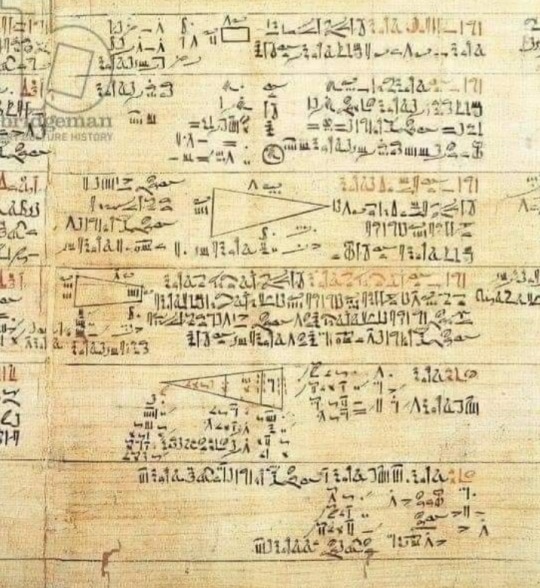
Papyrus of Ahmose or Mathematical Rhind (1500 BC / 1550 BC) is the oldest manuscript written in Algebra and Trigonometry.
Manuscript shows that Egyptians used first-order equations and solved them in several ways.
They know quadratic equations and solve them. They also know numerical and geometric sequences and know quadratic equations like two :
X2 + y2 = 100,
Y = 3/4 x, where x = 8, y = 6,
This equation is the origin of Pythagoras theorem, a2 = b 2 + c 2, and Egyptians used to call unknown number (koom).
Pythagoras developed his mathematical theories after travelling to Egypt and learning from Egyptian priests.
This has been proven in books of Greek historians and scholars such as Farpharius of Sour, Herodotus, and Thales.
Egyptians had Algebra, Trigonometry, and Geometry about 2000 years before the birth of Pythagoras and about 3000 years prior to al-Khwarizmi being born.
—
The Rhind Mathematical Papyrus (RMP; also designated as papyrus British Museum 10057 and pBM 10058) is one of the best known examples of ancient Egyptian mathematics.
It is named after Alexander Henry Rhind, a Scottish antiquarian, who purchased the papyrus in 1858 in Luxor, Egypt.
It was apparently found during illegal excavations in or near the Ramesseum. It dates to around 1550 BC.
#Papyrus of Ahmose#Mathematical Rhind#Rhind Mathematical Papyrus#manuscript#Pythagoras#Pythagoras Theorem#Ancient Egyptian Mathematics#Ancient Egypt#Alexander Henry Rhind#papyrus#Achaeo Histories#algebra#geometry#mathematics#Ahmes#Ahmose#Egyptian civilization#Trigonometry#mathematical theories#Hieroglyphs#Ramesseum
86 notes
·
View notes
Text
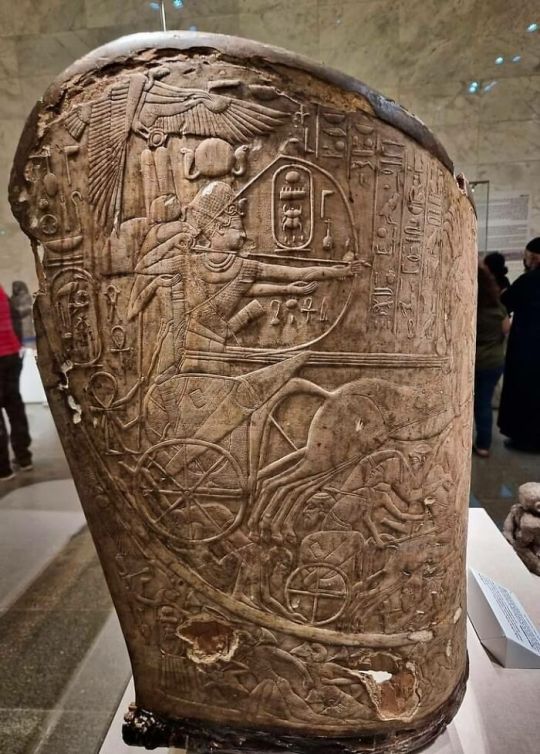
#بلادي_الجميلة ❤ #مصر ❤ The Well Preserved State Chariot Of Pharaoh Thutmose Iv (R. 1401-1388 Bc, 18th Dynasty), Showing Pharaoh Smiting His Enemies. It Was Discovered From His Tomb Kv43, Luxor, Egypt , Museum Of Egyptian Civilization, Cairo
#egypt#مصر#ancient egypt#مصريات#love#war#wars#war chariot#chariot#egyptian#Egyptian civilization#civilization#art#ancient#ancient art#ancientmonuments#ancient history#history#dynasty#thutmose#18th dynasty#life#بلادي الجميلة#museum#ancient architecture#protection#enemy#enemies#artifact#ancient artifacts
17 notes
·
View notes
Photo
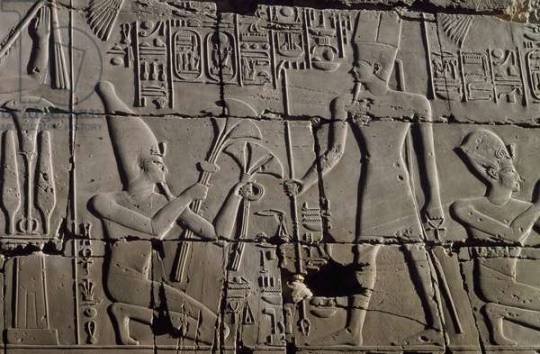
Relief, Temple of Amun, Karnak Temple Complex, Luxor, Thebes (UNESCO World Heritage Site, 1979), Egypt, Egyptian civilization
Source: bridgemanimages
#unesco world#egyptian mythology#egyptian civilization#egypt#antiquity#ancient egypt#hieroglyphics#temple of amun#religion#luxor#temple#Karnak#70's#70s#1979
100 notes
·
View notes
Photo
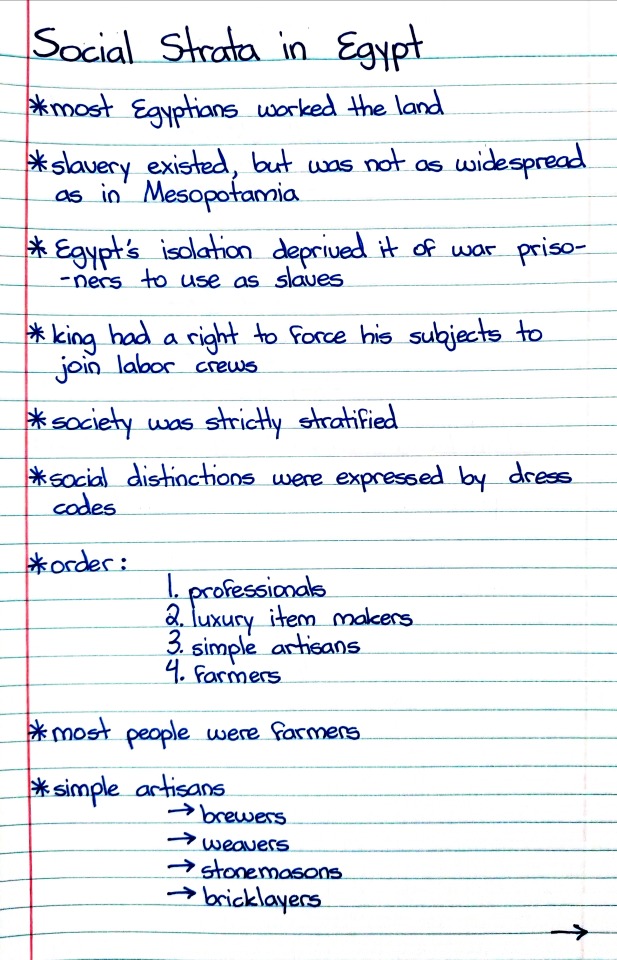
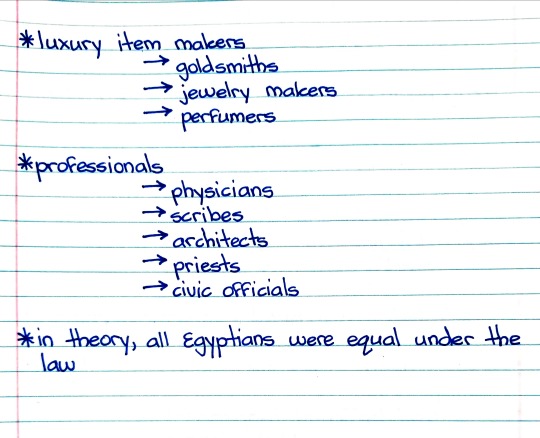
#history#historyblr#history notes#world history#world history notes#western civ#western civ notes#western civilization#western civilization notes#western civ 1#western civilization 1#western civ 1 notes#western civilization 1 notes#studyblr#notes#egyptian history#history of egypt#ancient egypt#ancient egyptian civilization#egyptian civilization#ancient civilizations#social strata in ancient egypt#ancient egyptian social strata
6 notes
·
View notes
Text
Naqada II jars: Decorated Ware Jar Depicting Ungulates and Boats with African Figures:
The Naqada II jars are a fascinating archaeological find that sheds light on the cultural and religious practices of ancient Egypt. These intricately decorated vessels provide a glimpse into the beliefs and customs of the Naqada II period, a crucial era in the prehistoric development of Egyptian civilization.
Crafted with remarkable skill and attention to detail, the images adorning these jars…

View On WordPress
#African artifact#African History#ancient Egyptian civilization#Ancient Egyptians#ancient egyptians history#Egyptian civilization#History of Sudan#Naqada II#Naqada II jars#Sudan art#Sudan history
0 notes
Text
0 notes
Photo
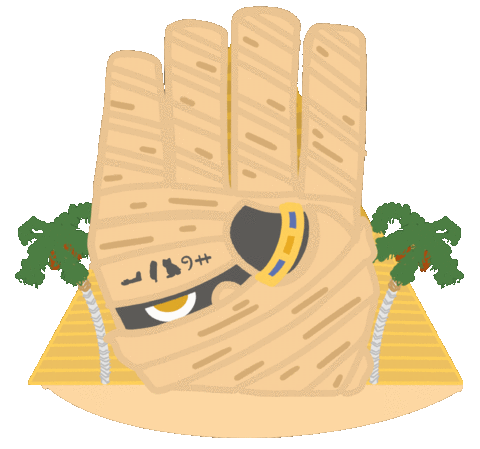
(via GIPHY)
#giphy#bemus#transparent#hand#egypt#fingers#palm#four#mano#mummy#quattro#pyramids#five fingers#egitto#mummia#piramidi#mitolo#egyptian civilization
0 notes
Text
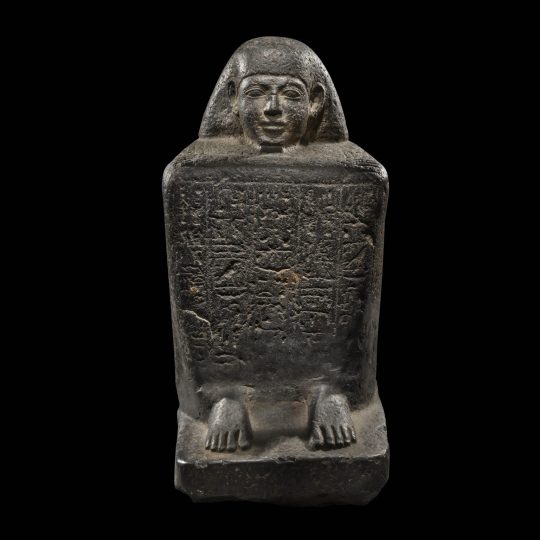

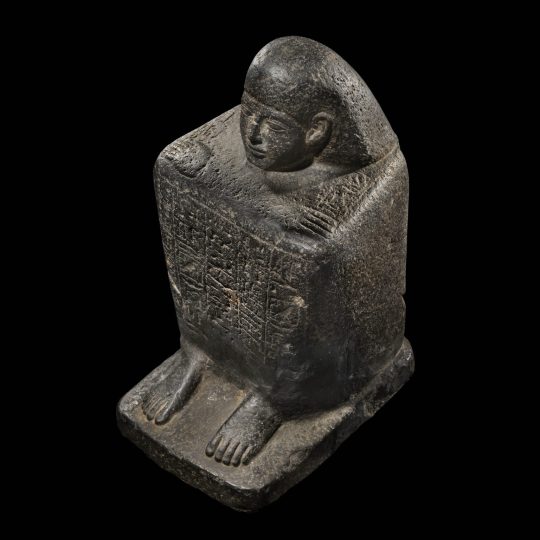
Egyptian Basalt Block Statue
Egyptian · Late Period, Dynasty 26, ca. 664-525 B.C.
#Egyptian Basalt Block Statue#Late Period#Dynasty 26#ca. 664-525 B.C.#statue#ancient artifacts#archeology#archeolgst#history#history news#ancient history#ancient culture#ancient civilizations#ancient egypt#egyptian history#egyptian art
497 notes
·
View notes
Text
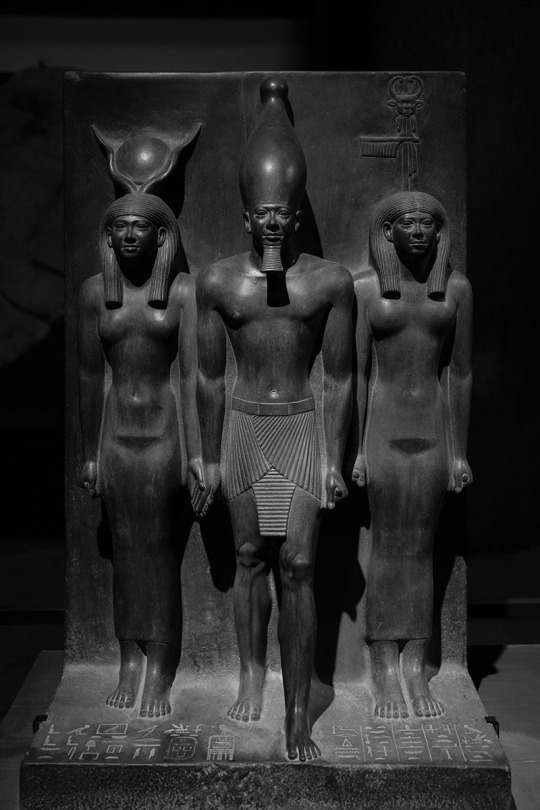
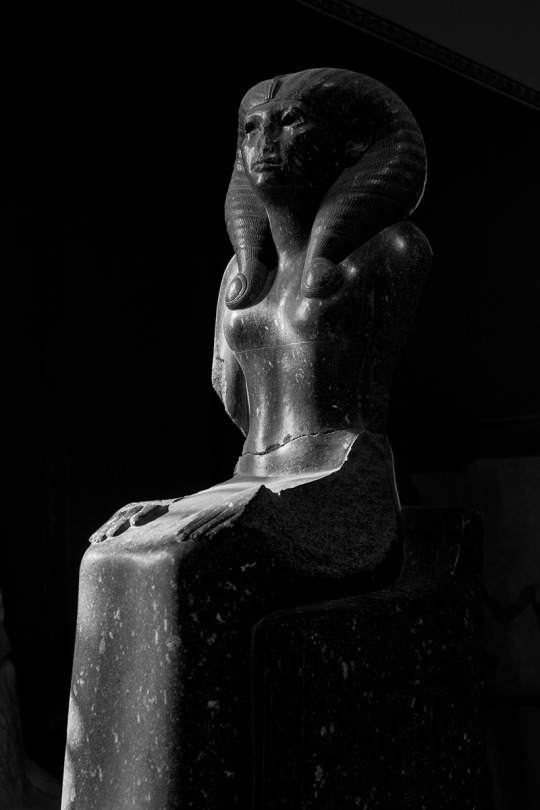

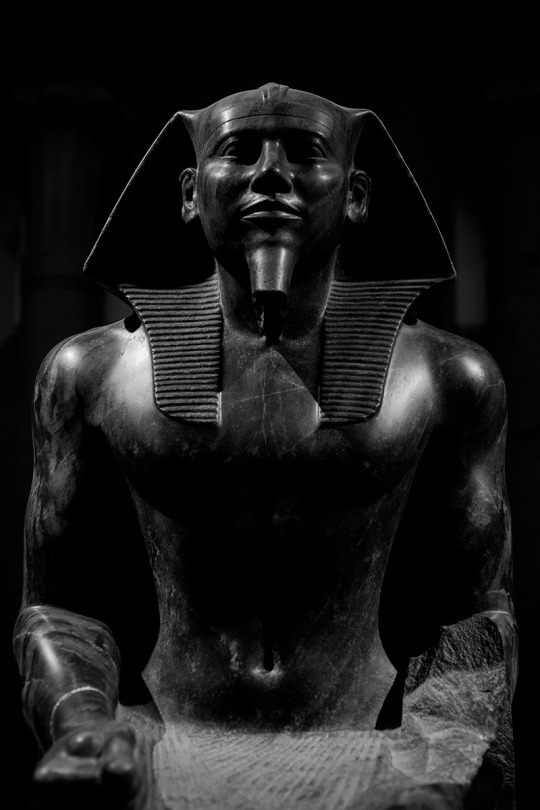
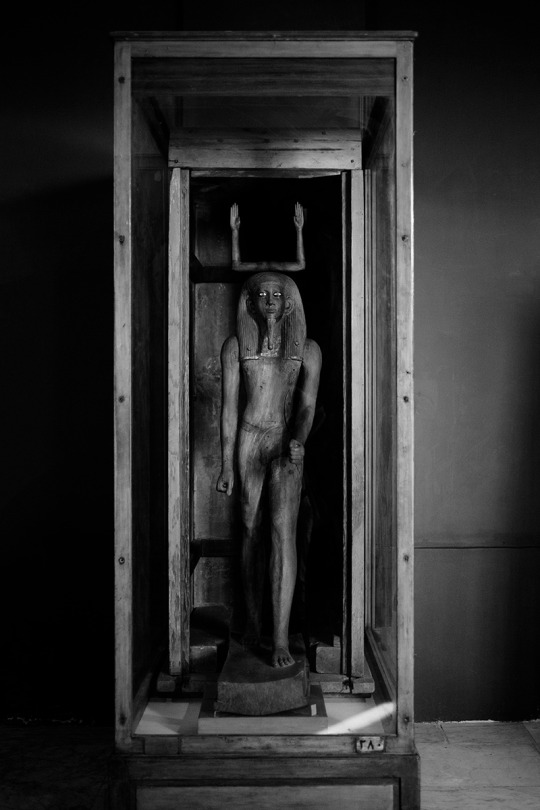
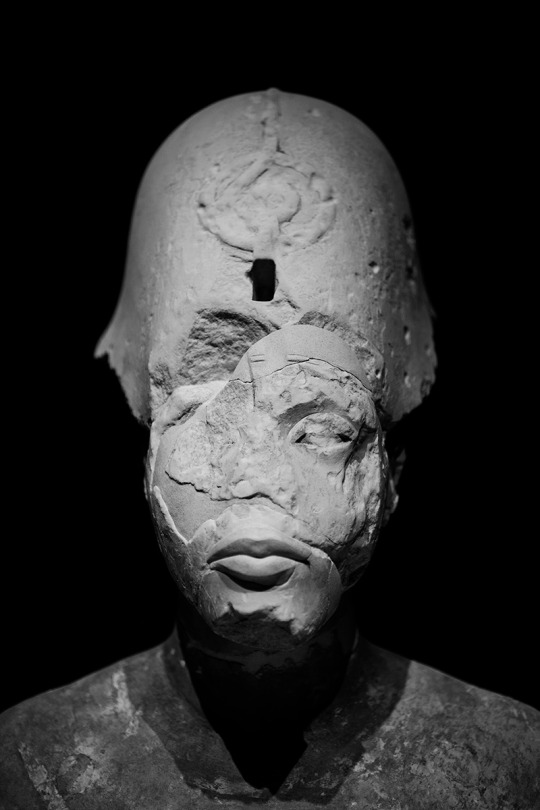
“They Have Already Landed”
(Cairo diary, 2022)
#cairo museum#ancient egypt#black and white#egyptian sculpture#ancient aliens#diary#sculpture photography#ancient civilizations#akhenaten#ka
582 notes
·
View notes
Text


Egyptian
Cuff Bracelets Decorated with Cats
New Kingdom, ca. 1479-1425 B.C.E.
#egyptian art#Egyptian jewelry#ancient egyptian#ancient egypt#ancient art#ancient jewelry#ancient people#egyptian history#egyptian culture#egyptian cat#cat aesthetic#catblr#beautiful cats#cats in art#cat art#cat jewelry#aesthetic#beauty#jewelry#ancient civilizations#art history#aesthetictumblr#tumblraesthetic#tumblrpic#tumblrpictures#tumblr art#tumblrstyle#artists on tumblr#egyptology
342 notes
·
View notes
Text
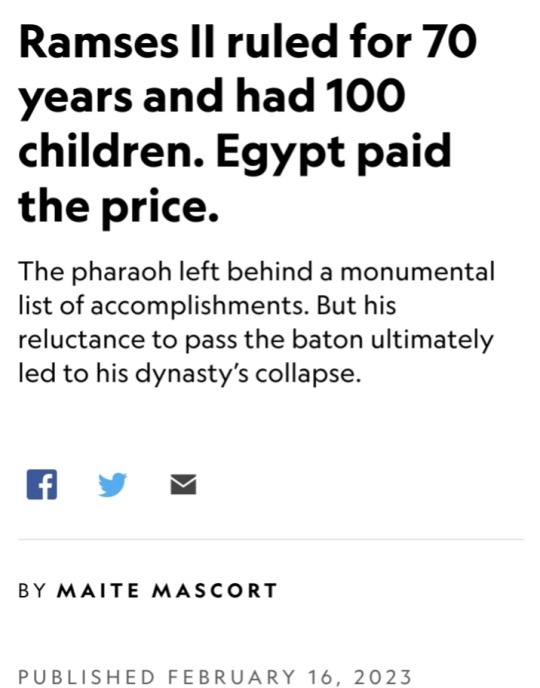

Few individuals in Egypt’s history have aroused as much curiosity, and as much skepticism, as Ramses II, third pharaoh of the 19th dynasty, whom history dubbed Ramses the Great.
Today, Ramses II is probably best known for leaving behind a monumental set of works — palaces, temples, statues, stelae — each one extolling his pharaonic achievements.
Every battle was a mighty triumph, every building spectacular, every statue and public work magnificent, every act a near superhuman achievement.
Ramses’ family came to power as outsiders.
They were northerners hailing from the Nile Delta and rose through military service, rather than southerners rising from elite circles in Thebes.
To rally support, Ramses II used these massive monuments to appeal to the people as part of a campaign to proclaim his greatness for all to see.
Ramses lived around 90 years and ruled for almost 70.
Thanks to his building campaigns, Egyptologists know much about his public accomplishments, but questions about his wives and children still remain.
Great royal wives
One of the most striking aspects of Ramses II’s story is the women who surrounded him:
Great royal wives and concubines, secondary wives and daughters, whom he sometimes “married,” for political show or perhaps for real.
He produced an extraordinary number of sons and daughters:
Some records say as many as a hundred. Because of his long reign, many of his children predeceased him.

Out of all of his wives, only two were known to have had prominent roles:
Nefertari and Isetnofret, the first two named great royal wives.
While the former figures prominently in Egyptian sources and countless representations of her exist, little is known of the latter, almost as if Ramses wanted her hidden.
It is only natural to wonder about the reasons for such unequal treatment.
When he became co-regent with his father, Seti I, Ramses II received a palace in Memphis, just south of the Nile Delta, and a large harem, including the first two great royal wives.
The origins of Nefertari and Isetnofret are unknown but that has not prevented the wildest of speculation about them.
Everything suggests that Nefertari was Ramses II’s favorite wife. Her beauty is attested to in the statues and paintings in her tomb in the Valley of the Queens.
However, it is uncertain what she actually looked like, since some images raise doubts about who is depicted.

For example, in Karnak, a small statue of Nefetari stands at the foot of a colossus representing Ramses II, her husband.
The colossus was later usurped by Pharaoh Pinedjem I, who had his name inscribed on it, and the features of both figures may have been modified.
Was only the name changed? Is that beautiful face still Nefertari’s? Egyptologists believe so.
Nefertari took part in official events alongside Ramses.
She was shown celebrating his coronation, in festivities of the god Min, and in Nebunenef’s enthronement as High Priest of Amun.
Her diplomacy culminated in a peace treaty between Ramses and the Hittites several years after the Battle of Kadesh (1274 B.C.) had resulted in a stalemate between the two powers.
Ramses II showed a clear predilection for Nefertari, devotion worthy of a great love story.
When he built the great temple of Abu Simbel, he made sure that Nefertari, then deceased, was on the facade, next to Tuya, his mother.

In this temple, Nefertari is transformed into Sopdet, the star Sirius, whose appearance presaged the Nile’s annual flooding.
Farther north, another smaller temple dug into rock is dedicated to Nefertari herself.
There, she is identified with the goddess Hathor. Carved into its facade is a tribute:
“Nefertari, she for whom the sun shines.”
Was Isetnofret the forgotten one? So it seems.
Until Nefertari died, around year 26 of Ramses II’s reign, Isetnofret’s likeness did not appear in the many temples the king built in Nubia, nor in those in Karnak and Luxor, where Nefertari is often portrayed.
Isetnofret was finally represented in some temples for her connection with her children.
Nefertari’s image may be seen in more places, but it was Isetnofret who bore her husband the two children closest to his heart.

Sons and daughters
Ramses II had a hundred or so sons and daughters with the wives in his harem.
Of his recognized children, some would play important roles, but only those born to Nefertari and Isetnofret appear on his monuments.
In the Nubian temple of Beit el Wali, a young Ramses, then co-regent with his father, Seti I, is shown suppressing a Nubian uprising.
The pharaoh’s royal chariot is flanked by two figures identified as Amenherkhepshef, his eldest child with Nefertari, and Khaemwaset, Isetnofret’s son.
Of all Ramses II’s sons, Khaemwaset is believed to have been his favorite.
Instead of taking up arms against his elder brother (also named Ramses), Khaemwaset became Grand Master of the Artisans of Ptah, a title in Memphite doctrine equivalent to High Priest of Amun in Thebes.
He also restored a number of pyramids in his father’s name. His work is still evident on the pyramid of Unas, from the 5th dynasty.
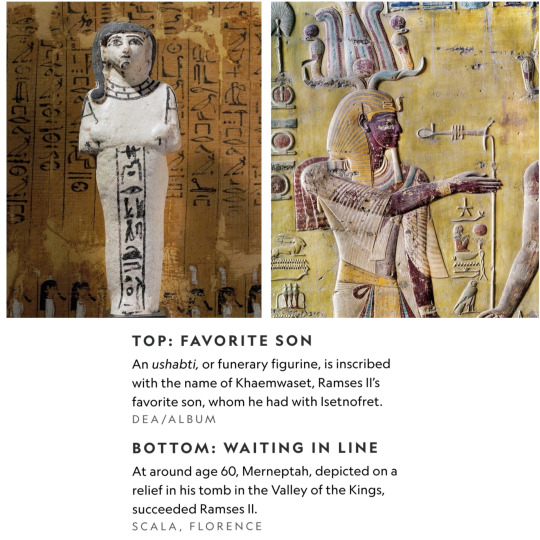
Khaemwaset also planned and directed the work of the “minor galleries,” the Serapeum at Saqqara, the collective tomb of the Apis, sacred oxen of Memphis.
Auguste Mariette’s 1850 excavation of the Serapeum revealed the mummy of a man named Khaemwaset, wearing a golden mask with several ushabtis.
It proved uncertain that it was the mummy of Ramses II’s son, and the location of Khaemwaset’s tomb remains unconfirmed. Much evidence suggests that it is in the necropolis of Saqqara.
The daughters of Ramses II’s great royal wives also held key positions in his court.
In fact, many became great royal wives themselves after marrying their own father.
It had become customary for 18th-dynasty pharaohs to marry their daughters.
While his great royal wife Tiye was alive, Amenhotep III married their daughter Sitamun.
Later, Akhenaten married at least two of the daughters he had with Queen Nefertiti.
No one knows if these marriages were consummated or purely ceremonial.

Ramses II appointed several daughters / great royal wives after the deaths of Nefertari and Isetnofret.
Bintanah (Isetnofret’s firstborn) was followed by Merytamon and Nebettawy (daughters of Nefertari) and Henutmire.
In addition to these daughters, other princesses outside the family also bore the title of Great Royal Wife, such as Maathorneferure, daughter of the Hittite king, and another Hittite princess whose name is unknown.
If Khaemwaset was Ramses II’s favorite son, everything points to Bintanath having been his preferred daughter.
She was given the titles of not only Great Royal Wife but also Lady of the Two Lands and Sovereign of Upper and Lower Egypt.
Bintanath occupies a privileged place on the facade of the temple of Abu Simbel. She and her sister Nebettawy appear on either side of the colossus.
Some historians believe Nebettawy’s mother was Isetnofret, but others consider her Nefertari’s daughter.
Fractured legacy
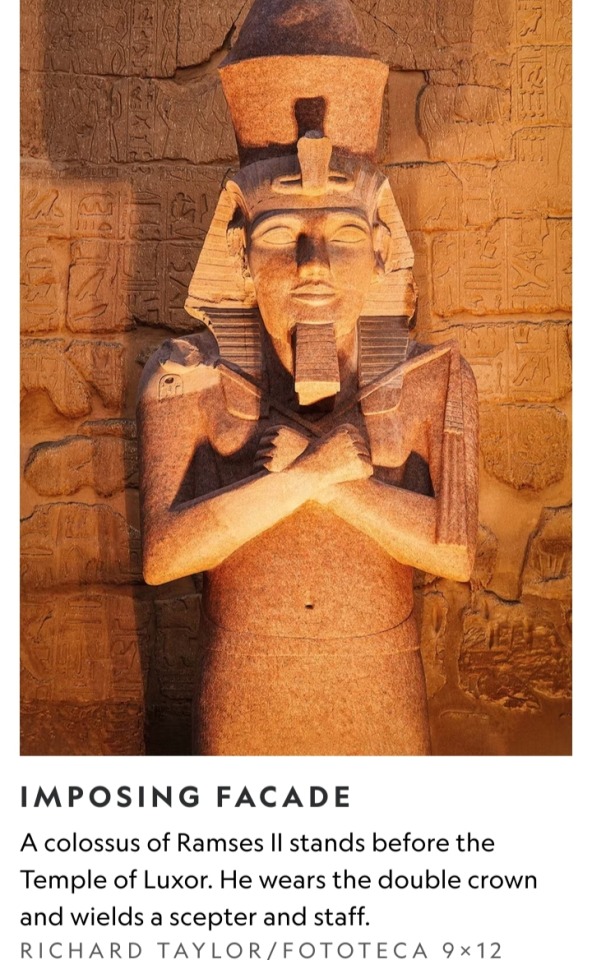
Ramses had no problems siring heirs with his many wives during his long life, but these sons would be forced to be patient; their father held tightly to his throne for almost 70 years.
Ramses had placed his children liberally throughout Egypt’s bureaucracies, corporations, priesthood, and military to foster loyalty he did not naturally inspire.
He was an outsider, a northerner hailing from the Nile Delta, disconnected from the wealthy elites in southern Thebes.
Ramses’ source of strength rested on ties to, not the moneyed or religious classes, but the military. Placing his sons in powerful positions across Egypt helped strengthen Ramses’ hold in these areas.
By the time Ramses II died in 1213 B.C., he was around 90 years old and had outlived many of these sons.
Amenherkhepshef, Ramses’ oldest son and crown prince, died when he was 25 years old.
Khaemwaset also did not outlive his great father and died in his mid-50s around 1215 B.C.
It would be a child of Isetnofret, her son Merneptah, who was 13th in line, who succeeded Ramses.
Merneptah was around 60 years old, well past middle age, when he became pharaoh and donned Egypt’s double crown.
After decades of waiting in the wings to take power, Merneptah might have expected a stable reign, like his father’s, but his hopes were in vain.
During his 10-year reign, his troops were able to defend Egypt successfully from a series of attacks from enemies in the east and west.
But the seeds sown by Ramses II would lead to chaos after Merneptah’s death.
Rivals for the throne, some of whom may have been sons of Ramses II, pushed Egypt into a period of decline and civil war.
By around 1189 B.C., the 19th dynasty would come to an end.

#Ramses II#Ramses the Great#Nefertari#Isetnofret#Seti I#Valley of the Queens#Pharaoh Pinedjem I#Hittites#Battle of Kadesh#Abu Simbel#Tuya#Amenherkhepshef#Khaemwaset#Auguste Mariette#Bintanath#Ancient Egypt#Egyptian Civilization#Egypt#egyptologist#Egyptology#Nineteenth Dynasty of Egypt#19th Dynasty of Egypt
19 notes
·
View notes
Photo

“This script sucks...”
#Overwatch#ow#Ramattra#The Husbanbot#Sketch#Fanart#Well after the metalhead Rama - Now the actor Rama XP#The Omnium crisis never existed and neither did Overwatch#He was built to serve the Egyptian human army#but a manufacturing ''defect'' prevented him from remaining on the front line for long#He was returned to the civil registry after a multitude of examinations - checking that he could fit into civil life#No problem#After a change of look ( add the ''hair'' cables)#Rama did a few various jobs (I give you the liberty of imagining which ones)#One day at work he was noticed by an American producer#A Ravager with that look and that mentality/''energy'' (he probably caught Rama being courteous at first and then getting angry at someone)#The producer made Rama an offer to play a small role in a film called Overwatch. The first of a trilogy#Ref from the Storm Rising's end cinematic (and the OW's end movie in this AU)#ntrigued by this offer Ramattra accepts the role. And three years later the film was a huge success#Even if he didn't appear on the big screen for long it gave him a career as an actor#Playing all kinds of roles#He has a slight preference for playing badass characters and/or antagonists
177 notes
·
View notes
Text
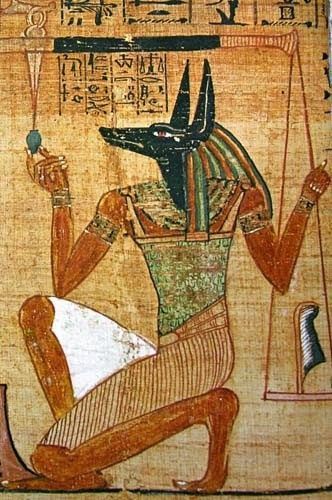
#Anubis#Egyptian gods#Ancient Egyptian#god of funerary rites#protector of graves#underworld#ancient Egyptian religion#canine#man with a canine head#ancient civilizations#art#gods
149 notes
·
View notes
Text

there's just something about them
Opal Age Tribune | Sun Edition / July-August 2023
I dream of Opal Age
#fayum mummies#roman egypt#egyptian#roman history#egyptian history#mummies#mummy portrait#zine#art#art history#roman art#ancient rome#ancient culture#ancient history#ancient civilizations#roman empire
55 notes
·
View notes
Text
Queen Tiye: Great Royal Wife of the Egyptian Pharaoh Amenhotep III
Queen Tiye of ancient Egypt was more than just a royal consort. She was a woman of remarkable influence and intelligence, wielding immense power during the reigns of both her husband, Pharaoh Amenhotep III, and her son, Pharaoh Akhenaten. Born around 1398 BC, she entered into marriage with Amenhotep III at the tender age of eleven or twelve, and her impact on Egyptian history and politics would…
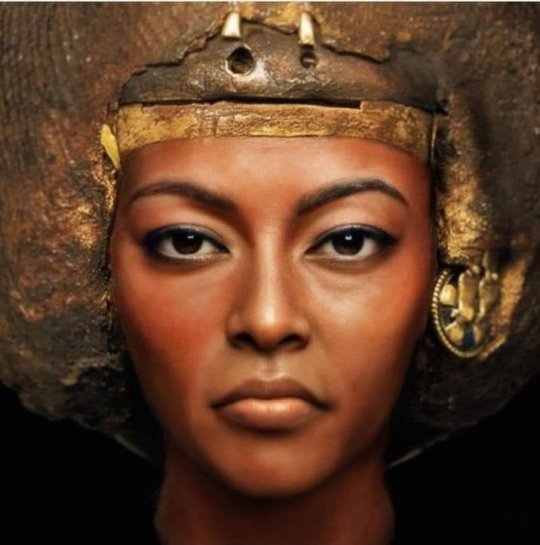
View On WordPress
#African History#ancient Egypt#ancient egyptian architecture#Ancient Egyptians#ancient egyptians history#Egyptian civilization#Egyptian History#history of ancient Egypt#Queen Tiye
0 notes